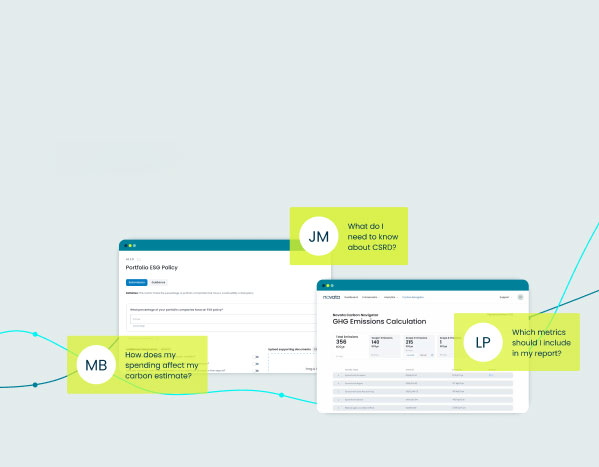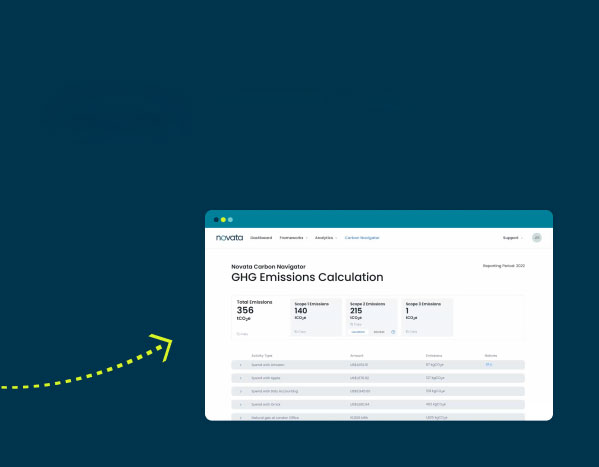For many, launching an ESG program can be daunting, with a seemingly endless number of frameworks and regulations, from EDCI and GRI to SFDR and CSRD, among others. It’s no small task for a general partner (GP) to determine what’s material for their organization, what’s relevant to their limited partners (LPs), and what’s possible for their portfolio companies.
Trivest, a Florida-based private equity fund focused on founder-owned businesses, takes a practical approach to the sometimes challenging process of developing an ESG program by building it one step at a time.
Developing the Trivest ESG Program
Trivest officially launched the Trivest ESG Data Collection Program in June of 2022, driven largely by LP interests. Increasingly, Trivest was receiving ESG questionnaires from US-based LPs and beginning to get attention from European-based investors who had long been focused on ESG initiatives.
Operations and IR associate Chris Norton shared: “A lot of what we do is driven by our investors, and I would say that was the initial catalyst for implementing this program. But I think we’ve really seen how it speaks for itself. Our number one thing is value creation. We want our ESG policies and procedures to create value for our companies. The fact is, ESG is a good thing for the world, the environment, and society in general, but we also want to make sure that as we’re doing ESG, we’re not doing it at the detriment of our companies.”
The team faced two key challenges when launching Trivest’s ESG program: getting buy-in and identifying the metrics to collect. When approaching portfolio companies, Chris reflected that some people may not be overly enthusiastic about ESG as it can seem like just another addition to an already full plate.
To ensure that their companies weren’t overwhelmed, Trivest focused on establishing the habit of ESG reporting with their portfolio companies and creating a foundation from which to grow. “50% of building a program was wanting to find that [ESG] information,” Chris said. “The other 50% was: let’s get our portfolio companies into the habit of reporting this data on a yearly basis, explain the importance of it, and make sure that they’re giving their full attention to it.”
Partnering on an ESG Solution
With the challenge outlined, Trivest then looked for partners to help make its program a reality. To identify the material metrics to request, the team turned to Novata to help guide the process. “Novata was the main helper with that,” Chris noted. “We basically said: we want to start collecting data from our portfolio companies, we don’t want it to be a laborious process, we want it to be simple to understand; what’s the best solution for us?”
Novata has 10 building blocks and over 1100 metrics to help investors determine the most relevant metrics for their ESG journey. The starting point that Trivest, Novata, and Frazier Deeter — an advisory firm and partner of Novata — landed on was to use the ESG Data Convergence Initiative (EDCI) as a framework for collecting data. With a mix of environmental, social, and governance metrics, all of which are used in several globally accepted frameworks, EDCI provided the perfect foundation for the Trivest ESG program.
To help with buy-in, Trivest organized a kick-off call with all of its CEOs to introduce its ESG partners (Novata and Frazier Deeter) and explain the new process. CEOs from each organization nominated a point person within their company responsible for gathering responses to their ESG surveys. Most of the information was easily obtainable via HR records and platforms. Greenhouse gas (GHG) emissions were the most complicated to calculate, but leveraging Novata’s built-in carbon calculator was a huge benefit. As a result of these efforts and support from ESG partners, Trivest reported that 100% of its companies participated in its first year, either completely or partially, and 78% of the total metrics requested were provided.
An Evolving ESG Program at Trivest
Now in the program’s second year, Trivest is reflecting on the process from year one and making adjustments. The team found that some metrics that were collected ended up not being material to stakeholders, and their analysis uncovered some areas where additional information would fill gaps and add value. “It’s evolving as we get more information from our companies and get more questions from our investors,” Chris concluded.
ESG is becoming increasingly important to investors, indicating its growing relevance in investment management — a trend that Chris expects to continue. “Whether you’re a fan of ESG or not, this is something that investment managers and people looking to invest money are taking seriously, and that’s something I don’t see changing anytime soon,” he said.
Secondly, tracking ESG metrics, such as employee satisfaction, diversity policies, and use of renewable energy, can provide valuable insights into businesses beyond traditional financial metrics and open up additional ways of analyzing a business’ health beyond the bottom line.
Trivest’s journey offers a model for integrating ESG into an investment strategy. It demonstrates the practical steps of forming a habit of tracking ESG data, adjusting the approach based on experience and investor queries, and understanding the importance of ESG in holistic investment decision-making. As Chris stated, “It’s going to be something that’s a real true differentiator for us. We have a stake in it and have a real interest in making sure that we’re taking it seriously.”






